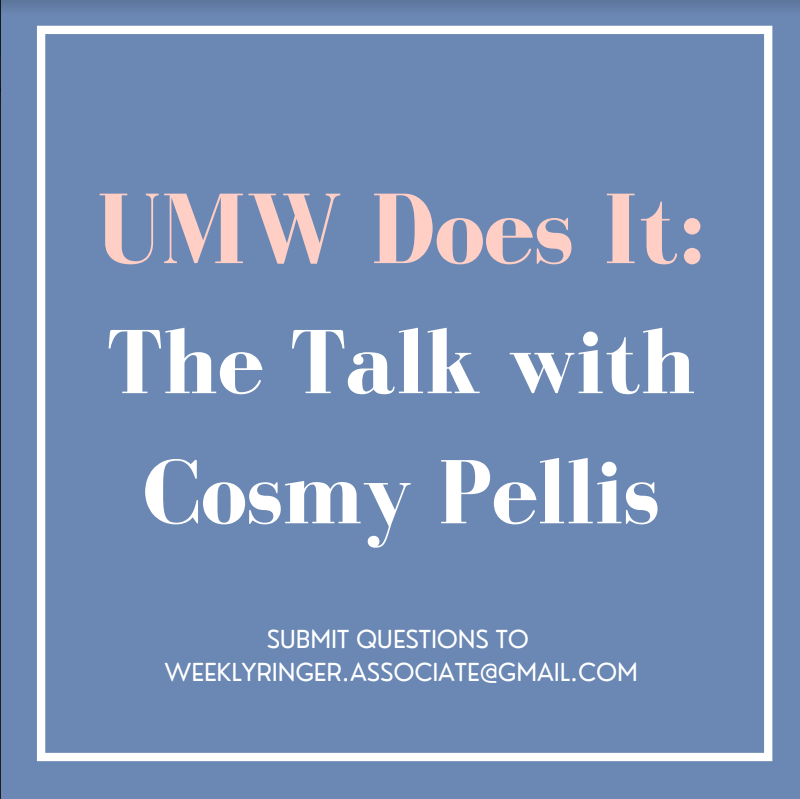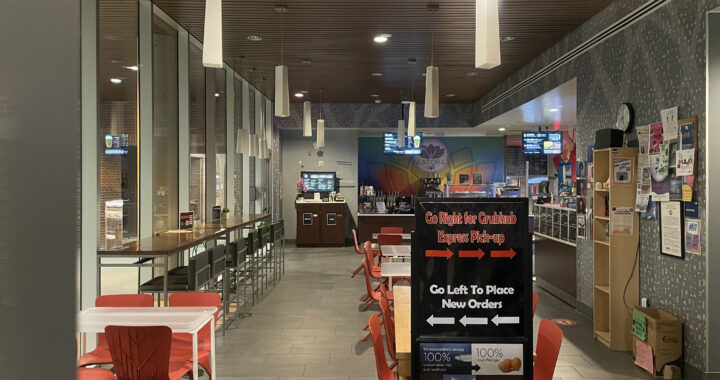The Talk with Cosmy Pellis: Safe sex is more nuanced than just condoms and bananas
4 min read
Cosmy discusses the importance of sexual education and how safe sex involves more than just contraception.
by COSMY PELLIS
Associate Editor
Q: As a woman who was formally straight, and is now a lesbian, I don’t understand what safe sex means for either sexuality. Do you think you could address this and give examples of safe practices?
A: This is such an important question. While straight people often receive the bare minimum level of information through sex education, queer people are given nothing to work with. I can totally understand why you are unsure about what safe sex means in this context.
Safe sex starts with consent. Consent does not just mean saying “yes” to having sex; it also requires enthusiasm and continued consent throughout the sexual act. Make sure that you and your partner are both comfortable and enjoy it all the way through.
Open communication and consent work together. Sexual partners should have a healthy dialogue about their turn-ons, turn-offs, worries and kinks. It can feel awkward to talk about sex, but remember that if you’re already having sex with that person they should have no problem with you bringing up concerns. It’s also important to note that even if you consistently have sex with someone, you can tell them at any time that you aren’t “in the mood.” Consent is a continuum; your partner should respect your choice every individual time that you’re together.
Most people know the importance of condoms, and in straight sex they are vital both for protection against STIs and unplanned pregnancy. There are other options, though, that aren’t often talked about, like female condoms and diaphragms.
According to Mayo Clinic, a female condom is “a soft, loosefitting pouch that’s inserted into the vagina before sex to prevent pregnancy and sexually transmitted infections.” A diaphragm prevents sperm from entering the uterus, and it’s “a small, reusable rubber or silicone cup with a flexible rim that covers the cervix. Before sex, the diaphragm is inserted deep into the vagina so that part of the rim fits snugly behind the pubic bone. The diaphragm is effective at preventing pregnancy only when used with spermicide.” These options are a good way for women to stay protected and take control of their sexual safety, especially if they are not on birth control.
If unplanned pregnancy is the worry, using birth control is a smart way to stay safe. There are so many types, from pills to IUDs to injections, and every person who menstruates has a different, unique body that might work with one method more than another. It’s important to find what’s right for you. I also understand having hesitations about birth control—there can be some unwanted side effects—but solid research and a trusted healthcare professional can help you find the right form if you’re interested.
When it comes to lesbian sexual safety, dental dams can prevent STIs. According to the CDC, “dental dams are latex or polyurethane sheets used between the mouth and vagina or anus during oral sex.” Many of them are flavored, and there are lots of different types to choose from. Unfortunately, I have never seen dental dams in stores, which really shows how excluded queer people are from access to safe sex practices. There are lots of really great options online, though! When choosing a brand, make sure that any flavors or sugars are safe for vaginal PH levels, as unsafe chemicals can lead to an infection.
Getting regularly tested for STIs will also keep you and your sexual partners safe. The UMW Health Center regularly hosts free STI testing, which is a great resource. Some STIs can go undetected for a long time, so even if you don’t have symptoms, regular testing is a great practice.
Along with these physical aspects of safe sex, it’s important to also consider the emotional safety of sex. This circles back to the open communication that’s important to pair with consent.
Casual sex can be a form of self-harm if it’s emotionally damaging to the person or if it’s done in an unsafe way (i.e. not using any type of protection). Sex is very vulnerable, and engaging in sexual acts without being prepared for that vulnerability can be extremely harmful. Continuing to have sex with someone who has violated your boundaries or treated you terribly is another way that casual sex can manifest as self-harm.
Sexual assault survivors often experience hypersexuality, having a lot of casual sex as a way to reclaim the ability to consent. I personally have suffered from this, and after listening to my body and realizing the emptiness that these sexual experiences were leaving me with, I reevaluated how I should feel before, during and after sex. This thought process and period of reflection were so vital to my recovery from the assault. It was also extremely transformative in terms of understanding of what I actually wanted my sex life to look like.
Think about why you are having sex and how it makes you feel after. Does the other person consistently respect you and your boundaries? Do you feel validated, safe and confident around them? Are they kind to you when they see you around, outside of a sexual context? Are you prepared for the vulnerability and intimacy that comes with sex? Are you in a mental space to have open, honest communication about sex with your partner? These are important questions to ask yourself when considering the emotional safety of a sexual relationship.
If sex is fun in the moment but makes you feel empty or upset afterwards, it might not be emotionally safe. You should consistently feel happy and confident about sleeping with that person, or else it’s time to drop them.











